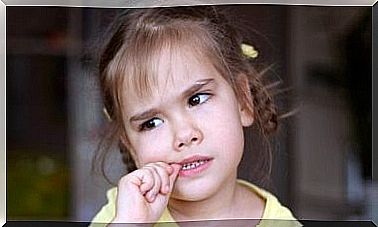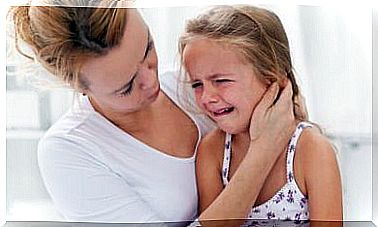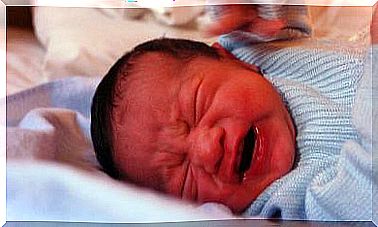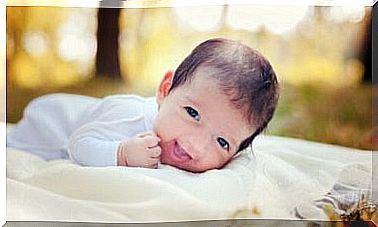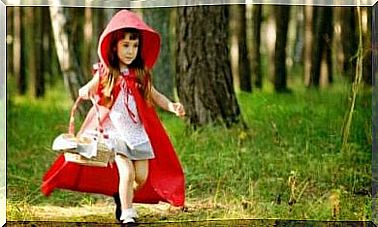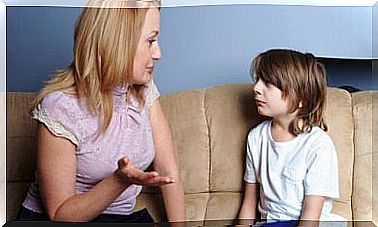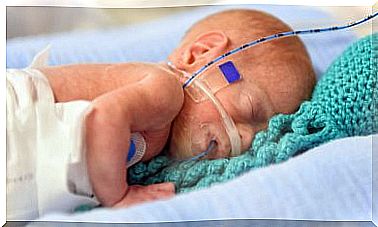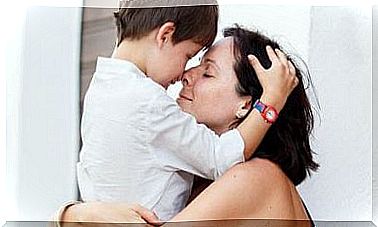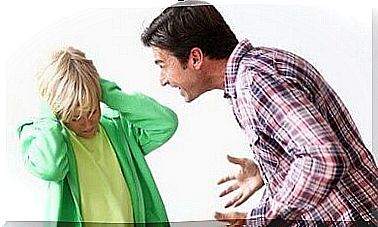How You Interpret The Colors In Children’s Drawings
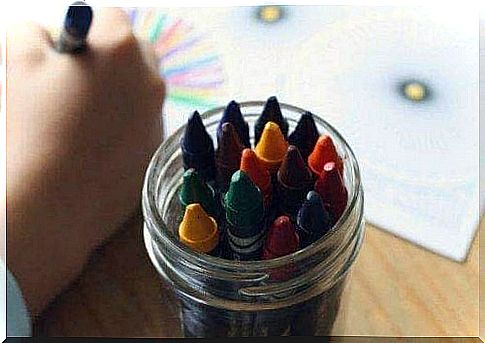
Do you know how to interpret the colors in children’s drawings ? In this article, we’re going to give you some pointers to help you understand your little one’s painting behaviors and ideas.
The various areas of psychology have long dealt with colors and emotions. People use certain colors based on their personal preferences that are associated with emotions.
However, let’s put aside the concepts and traditional iconology that represent certain colors for different cultures. Rather, we will focus on how different colors can reveal certain behaviors and inclinations.
In addition to the shapes in your children’s drawings, the intensity of the strokes and the story behind the drawing itself can also indicate what children are thinking. The choice of colors also speaks clearly for the emotional state of the children.
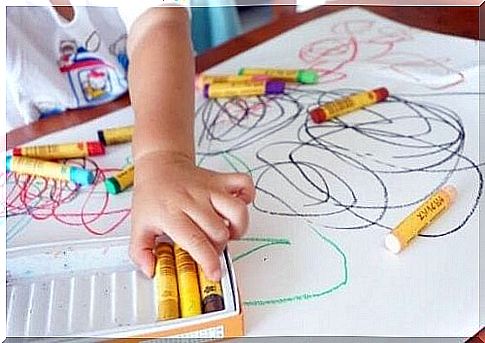
The most common colors used in children’s drawings
Although there are certainly more colors out there as they are included in all crayon boxes, children usually mix the colors. With this in mind, it is good to know that mixing bright colors shows that children are calm and connected with their emotions.
On the other hand, the use of intense colors in children’s drawings usually indicates active and energetic children. These children often have intense feelings, including aggressiveness.
blue
This color stands for calm, well-being and relaxation. The color blue is usually the favorite of calm or shy children. In addition, blue awakens the feeling of creativity and sensitivity in children.
Experts also estimate that children who use this color develop self-control at a younger age. In addition, some children who use this paint have a condition called enuresis, a disorder we also call “bed-wetting”.
Colors in children’s drawings: red
Red is a color that attracts children’s attention because of its intensity . You can interpret the use of red in two different ways:
- If the child uses this color often, they may be hostile and experience a feeling of suppressed anger.
- If the child uses the color red rather moderately, this can describe their vitality and energy.
black
Contrary to popular belief, this color is not always associated with negative or depressive feelings. Rather, this color describes a child with a good dose of self-esteem and self-confidence.
When it comes to using this color, you should also pay attention to the intensity of the strokes. If the intensity is very dark, the use of that color can have other meanings as well.
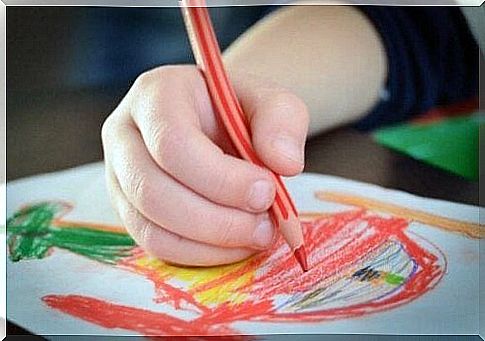
Colors in children’s drawings: brown
This color stands for responsibility. With this in mind, when children choose to show that they are diligent and careful. However, excessive use shows that they are overwhelmed with daily activities.
yellow
Yellow stands for energy, dynamism, joy and sociability. It’s a color that shows happy children. In addition, you will see all the virtues associated with childhood. However, the frequent use of this color in children’s drawings indicates problems with authority figures.
Colors in children’s drawings: green
If your child uses this color a lot in his or her drawings, it may indicate laziness and a degree of shyness and inhibition. On the other hand, there are also universal meanings for green: hope, calm and a sense of harmony.
purple
The use of this color shows that for some reason the child feels melancholy, dissatisfied and restless. If purple is used in conjunction with yellow in drawings, it may mean that the child is overwhelmed by some kind of pressure.
Finally, however, we would like to point out that these analyzes are not always correct when it comes to interpreting or mixing colors in children’s drawings.
In this case, if you are unsure and are concerned about your children’s drawings, a psychoanalyst can evaluate your little one’s drawings. That way, you’ll get a more accurate and conclusive diagnosis.
